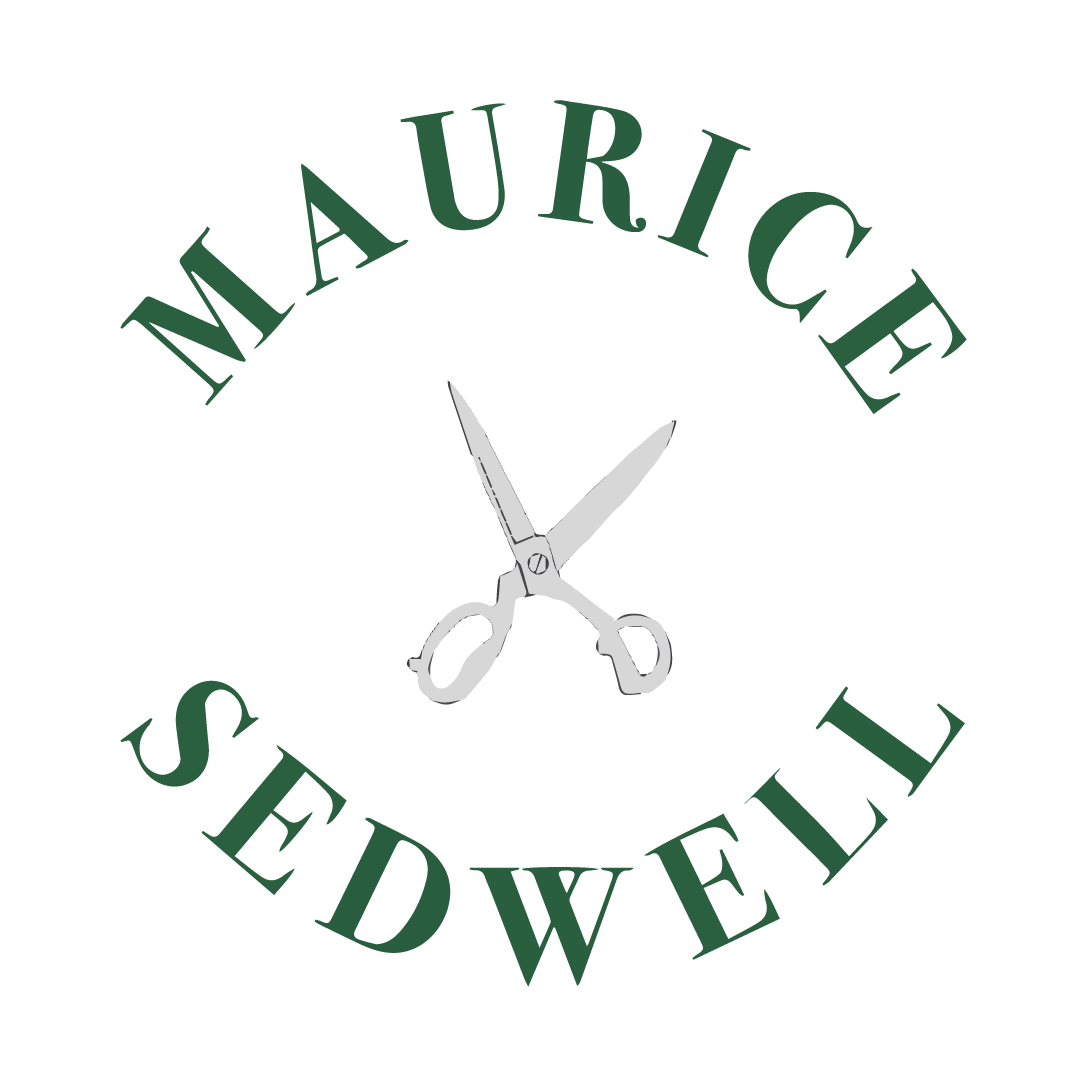King Edward VII (image courtesy of Thomas's Pics)
Many of the male fashion accessories are connected to the great importance placed on being attired correctly for every occasion, combined with the fear of committing a faux pas by being incorrectly or incompletely dressed, which existed in the nineteenth and early twentieth centuries. A very strict etiquette dictated fashion. Members of the royal family, such as Prince Albert, Edward VII and Edward, Prince of Wales (later the Duke of Windsor) were looked to as leaders of fashion; innovations which they made to their dress were immediately copied.
The great increase in the number of middle class, their increased wealth, combined with better facilities for travel and the cheapness of manufactured goods, all lead to the demand for male fashion accessories. Men and women in the new affluent class had servants to attend to their needs and could spend a considerable amount of time dressing and taking part in the social life in the country and the town.
Even small market towns had their societies and clubs and the etiquette of leaving calling cards, leading to introductions and invitations was strictly adhered to. This made for a very conservative and secure routine in the lifestyle for the increasingly prosperous middle classes.
At the beginning of the nineteenth century it was believed that it was almost morally wrong for a man to take too much notice of his clothes. There was also an evangelical movement which led to the idea that purity and the cleanliness of one’s clothes and morals were synonymous. With the emergence of the new bourgeois middle class who hesitated to break with the safety of conventional fashion, there was no change in the male dress. However, from the 1860s the importance of sporting and outdoors activities was to have its effect on the male fashion generally. Clothes became less restrictive and a more relaxed attitude toward clothing began to develop.
An important male accessory, which a gentleman would always carry, was the napkin holder. The holder had a split shank; the wearer would raise the small collar ring to enable the napkin to be inserted between the two pads, the ring slipped down to trap the two halves together. A small hook would then be passed through a buttonhole in the shirt at the appropriate height. By the early twentieth century napkin holders were also made in a shield shape. These have a simple spring clip to hold the napkin, which is much easier to use. Gentlemen at dinner parties wore their napkin holder as a semi permanent fixture. After the First World War the demand for the male accessory became rear and production ceased circa 1920. Antique napkin holders are a very rare and are almost non-existent today - except for Royalty of course. One can rarely purchase napkin clips today except at renowned locations such as Maurice Sedwell, 19 Savile Row, London...
Read about our Master Tailor's "Recommended: Suit Accessories" for today.
Copyright of this article belong to Andrew M. Ramroop and must not be reproduced without the written permission of the writer.

